Did you know over 50 million ash trees have been wiped out by an insect no longer than an inch long? The emerald ash borer lifecycle is among the most destructive forces facing North America’s forests. If you want to protect your yard or community from this silent invader, understanding the emerald ash borer lifecycle is not just helpful—it's crucial. Dive into the secrets behind how these metallic green beetles devastate trees, learn to catch early warning signs, and discover actionable strategies for safeguarding your landscape.
A Startling Fact: The Emerald Ash Borer Lifecycle Threatens Millions of Ash Trees
Over 50 million ash trees have been wiped out by the emerald ash borer lifecycle in North America.
Infestation spreads rapidly, often unnoticed until significant damage occurs.
Understanding the emerald ash borer lifecycle is key to early detection and management.

Understanding the Emerald Ash Borer Lifecycle: Comprehensive Overview
The emerald ash borer lifecycle is a complex, seasonal process playing out within the bark of ash trees across North America. This destructive pest, Agrilus planipennis , has leveraged its unique life cycle to become one of the most invasive species ever to impact ash trees—including both white ash and green ash varieties. By learning how the emerald ash borer develops, you’ll not only spot the symptoms of EAB infestation more efficiently, but also time interventions for maximum effect.
The emerald ash borer's life cycle encompasses four distinct stages—egg, larva, pupa, and adult. Each stage brings its own destructive capacity, especially the larval stage where the majority of tree damage occurs. When focusing on the ash borer life cycle , it’s important to note the subtle signs of invasion early on, as adults begin their lifecycle in late spring but larval damage can be hidden for months beneath the bark. When adult beetles emerge, they spread to neighboring ash trees, propagating the cycle and expanding the range of the infestation.
Lifecycle Stages of the Emerald Ash Borer and Their Impact on Ash Trees
Egg stage: Females lay tiny eggs in bark crevices and on the surface of ash trees.
Larval stage: After eggs hatch, larvae (borer larva) tunnel into the tree, creating serpentine galleries beneath the bark—a key identifier of EAB larva activity. This disrupts the transport of water and nutrients, leading to canopy dieback and eventual death.
Pupal stage: Larvae develop into pupae within the safe confines of the tree during colder months. They transform into adult beetles while insulated against winter temperatures.
Adult stage: In late spring, adult beetles—noticeable for their metallic green appearance—emerge through D-shaped exit holes to feed, mate, and continue the emerald ash borer lifecycle.
How the Emerald Ash Borer Lifecycle Differs from Other Ash Borer Species
Exclusive traits of Agrilus planipennis: Unlike other ash borer larvae, emerald ash borers target healthy ash trees and multiply rapidly, especially under favorable conditions.
Signs of emerald ash borer activity versus other ash borer pests: EAB infestation is marked by uniquely D-shaped exit holes and serpentine larval galleries, setting it apart from round exit holes of other wood borers.
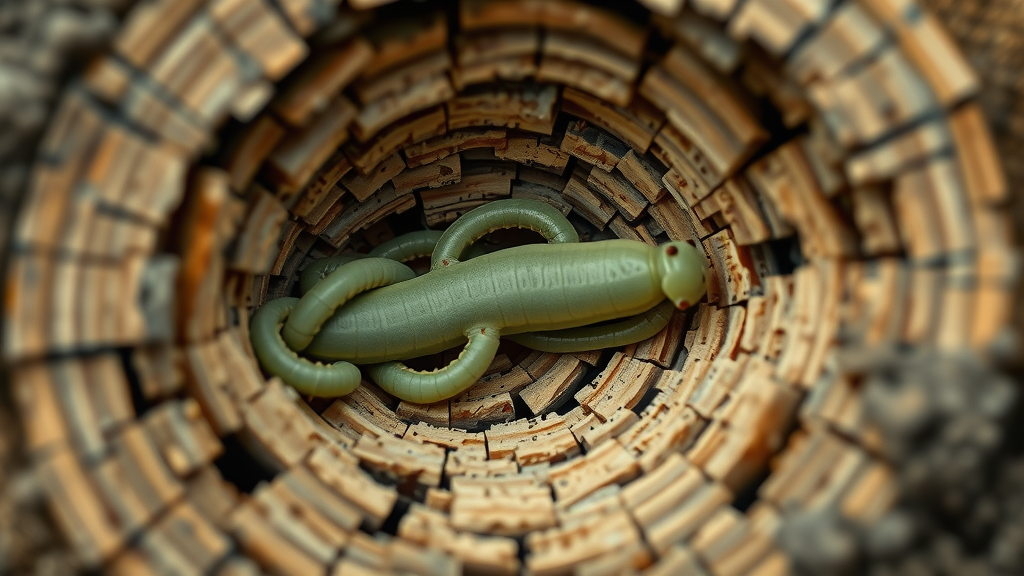
The Impact of the Emerald Ash Borer Lifecycle on Ash Trees
The emerald ash borer lifecycle isn’t just a fascinating biological process—it’s a death sentence for millions of ash trees if left unchecked. As the larvae feed and create galleries under the bark, vital nutrient pathways are severed. The process of infestation—beginning unnoticed inside the trunk—results in progressive thinning of foliage, branch dieback, bark splitting, and eventual structural failure. In highly infested areas, regions formerly lush with green or white ash now reveal scattered dead trees and changing forest canopies.
Recognizing intervention points in the life cycle of the emerald ash borer can allow property owners, arborists, and local governments to act swiftly. While the initial stages are easy to miss, seasoned observers sometimes spot subtle differences in bark texture, early leaf yellowing, or increased woodpecker activity before the infestation becomes visible. Once symptoms emerge in the canopy or trunk, time for effective action is limited—underscoring why understanding the ash borer lifecycle is so vital.
Common Symptoms of Emerald Ash Borer Infestation
D-shaped exit holes in the bark—each exit hole reveals where an adult beetle chewed its way out.
Dieback in the ash tree canopy—branches may lose leaves and appear thin or brittle, often starting at the top of the tree.
Bark splitting and visible serpentine galleries left by eab larvae beneath the surface.
In some cases, you may observe the presence of adult emerald ash borers near infested trees, especially during the warmer months.
Timeline: Key Life Cycle Events of the Emerald Ash Borer
Stage |
Timeframe |
Description |
|---|---|---|
Egg |
Late spring to early summer |
Females lay eggs on ash tree bark, often in bark crevices. |
Larva |
Early summer to late fall |
Larvae tunnel under bark, feeding on phloem and disrupting the tree's ability to move water and nutrients. |
Pupa |
Late fall to spring |
Larvae develop into pupae inside the tree, insulated through winter. |
Adult |
Late spring |
Adults emerge, leaving D-shaped exit holes, mate, and begin the cycle again. |
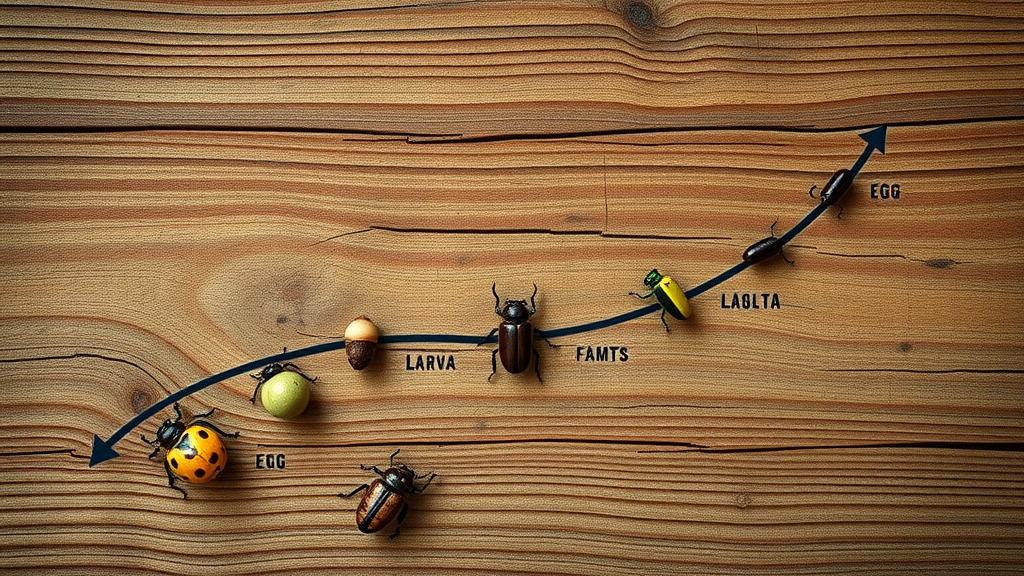
The Science Behind Emerald Ash Borer ( Agrilus planipennis ) Infestation
How Agrilus planipennis Lifecycle Targets Ash Trees Specifically
Biological adaptations to ash trees: EAB larvae are specialized to feed on ash phloem and cambium, allowing them to thrive in green ash, white ash, and related species.
Why the emerald ash borer prefers ash species: Their enzymes and digestive system efficiently break down ash tree tissue, while chemical cues attract adult beetles to lay eggs on healthy trees.
Environmental factors influencing the emerald ash borer lifecycle: Warmer temperatures speed development, while dense ash populations in urban and rural zones foster rapid spread of this invasive species.
Expert View: How Fast Can Emerald Ash Borer Destroy an Ash Tree?
"Once infestation begins, an ash tree may die within 2-4 years depending on its health and environmental factors." - Dr. Laura Smith, Entomologist
Emerald Ash Borer Lifecycle: Detection and Preventive Measures
Effective Ways to Identify the Emerald Ash Borer Life Cycle on Your Property
Inspect ash trees for D-shaped exit holes—these are unique to emerald ash borer adults.
Peel away small sections of bark to look for serpentine larval galleries, indicating eab larva activity.
Monitor overall tree health for early signs of canopy thinning, leaf discoloration, or increased woodpecker activity.
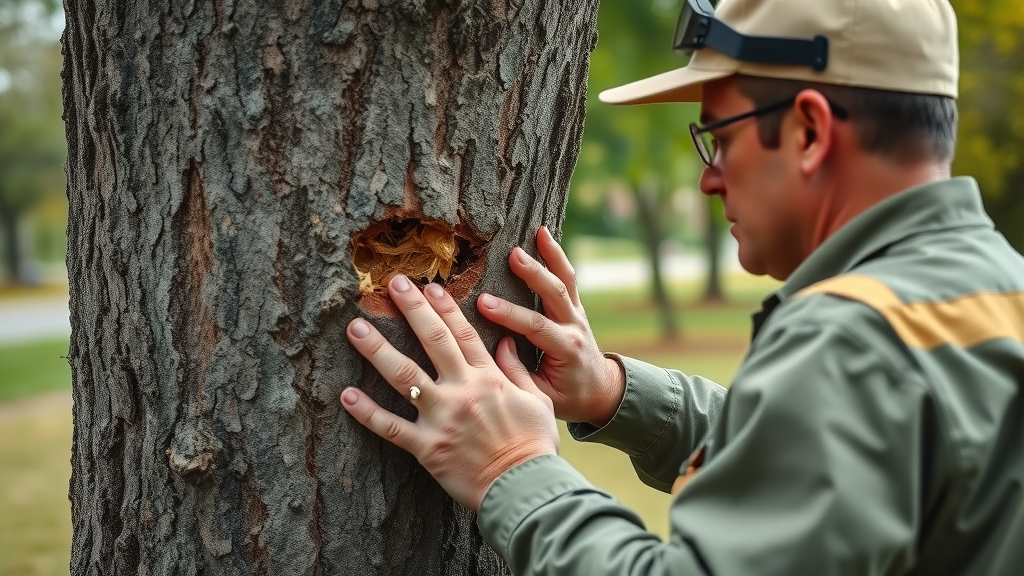
Top Prevention Tips Against Emerald Ash Borer Infestation
Apply insecticide treatments (such as a soil drench) in early stages of infestation and during peak periods of the ash borer lifecycle .
Promptly remove and dispose of infested ash trees to prevent further spread of emerald ash borer populations.
Limit movement of ash firewood and live trees between regions, as transporting wood can inadvertently spread EAB larvae and adults.
Management Solutions: What to Do at Each Stage of the Emerald Ash Borer Lifecycle
Professional and DIY Treatments for Emerald Ash Borer
Use systemic insecticides, such as soil drench or trunk injections, early in the growing season when adults begin feeding and eggs hatch.
Time treatments based on the specific emerald ash borer lifecycle in your region—usually when adults are present, and larvae are about to emerge.
For severe infestations, contact certified arborists who can diagnose, treat, or recommend removal of severely impacted ash trees.
Sustainable Practices for Managing Emerald Ash Borer Population
Biological controls: Some regions introduce natural predators—such as parasitic wasps—targeting emerald ash borer eggs or larvae as part of integrated pest management.
Ash tree replacement strategies: Consider planting native tree species resistant to EAB or promoting species diversity to reduce future risks from invasive species.

Visual Guide: Spotting the Emerald Ash Borer Across Its Lifecycle
To boost early detection, familiarize yourself with the emerald ash borer lifecycle at each stage. Eggs are minuscule—often missed without close inspection of bark crevices. Larvae appear creamy white, with segmented bodies and distinct bell-shaped heads, tunneling beneath bark. Pupae are concealed, but adults are hard to miss: metallic green and slender, about half an inch long, often spotted near D-shaped exit holes or feeding on ash leaves in early summer. This visual awareness gives homeowners and professionals a critical edge in fighting back against EAB.
Comparison with other ash borer larvae can be tricky—focus on exit hole shape, larval gallery pattern, and timing. If you notice rapid canopy thinning or see an adult beetle, consult a professional or your local department of agriculture for guidance immediately. Knowing what to look for, and when, can make the difference between saving a prized ash tree and watching it succumb in just a few seasons.
People Also Ask: Detailed Answers to Common Emerald Ash Borer Lifecycle Questions
How long can a tree live with an emerald ash borer?
According to current research and field observations, most ash trees survive only 2-4 years post-infestation, with heavily infested trees declining much faster. Early detection and intervention improve those odds, but extensive larval tunneling quickly weakens trees beyond recovery.
What is the life cycle of the emerald ash borer?
The emerald ash borer lifecycle begins with eggs laid in late spring. After eggs hatch, larvae feed inside the tree through late fall, overwinter as pupae, and emerge as adults in late spring to start the next year life cycle. Larvae cause most damage, as their feeding disrupts vital tissues beneath the bark.
Is there a way to get rid of emerald ash borer?
While full eradication is difficult, targeted insecticide treatments, removal of infested ash trees, and restricting movement of firewood or nursery stock remain the best strategies to contain emerald ash borer populations and slow the spread of this invasive species.
When should an ash tree be cut down?
Cut down ash trees once more than 50% of canopy is lost, or if infested branches compromise the tree’s stability and safety—especially in public spaces or near structures. Waiting too long can pose risks from falling limbs or trees.
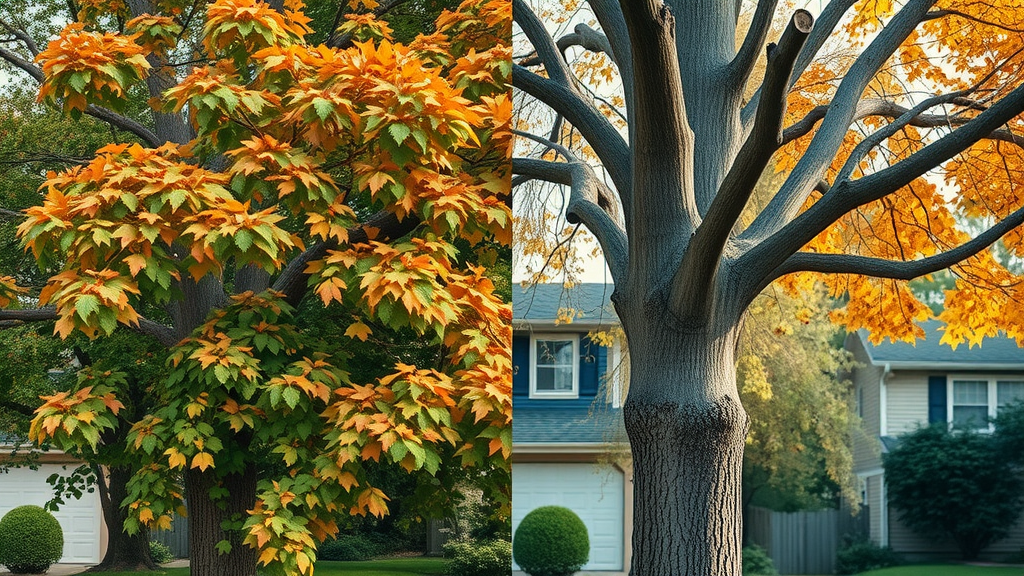
Frequently Asked Questions about the Emerald Ash Borer Lifecycle
How do I distinguish the emerald ash borer from other ash borer species?
What is the best time of year to treat my tree based on the emerald ash borer lifecycle?
Are there any resistant ash tree species?
How can local ordinances affect ash tree management?
Key Insights for Homeowners and Professionals Dealing with the Emerald Ash Borer Lifecycle
Early detection is crucial for tree survival and for reducing long-term damage and costs.
Understanding the timing and details of the emerald ash borer lifecycle helps guide each management action—timing is key, especially for chemical or biological interventions.
Community cooperation, through shared monitoring and timely removal or treatment, strengthens regional ash protection efforts and slows the spread of this invasive species.
Next Steps: Safeguarding Your Ash Trees from Emerald Ash Borer Lifecycle Threats
Monitor your ash trees regularly for signs of emerald ash borer infestation—check for D-shaped exit holes, canopy thinning, and unusual bark splitting.
Consult local arborists or university extension offices for the latest on management techniques and innovations in pest control for ash trees.
Stay informed about the emerald ash borer lifecycle so you’re prepared to act—whether treating, removing, or replacing threatened trees.
Protecting your ash trees starts with understanding the emerald ash borer lifecycle—stay proactive, act early, and enlist professional help when needed to preserve your landscape and community forests.
 Add Row
Add Row  Add
Add 


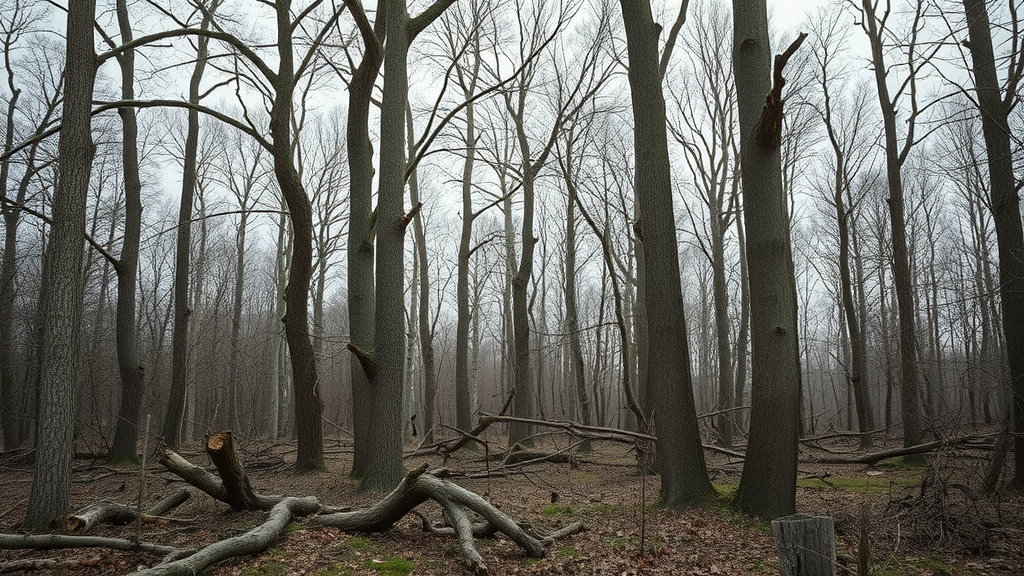
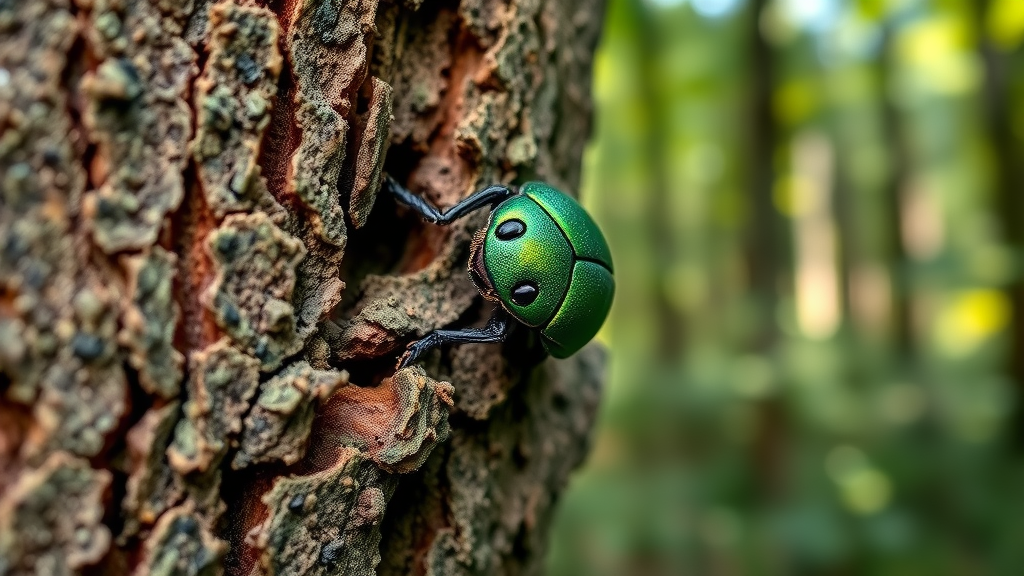
Write A Comment